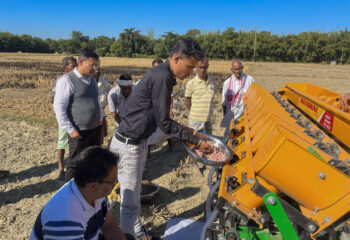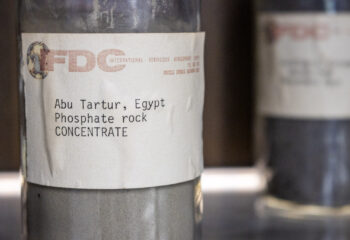
By Prem S. Bindraban (IFDC), Christian O. Dimkpa (IFDC), and Renu Pandey (ICAR)

Abstract: Mineral phosphorus (P) fertilizers support high crop yields and contribute to feeding the teeming global population. However, complex edaphic processes cause P to be immobilized in soil, hampering its timely and sufficient availability for uptake by plants. The resultant low use efficiency of current water-soluble P fertilizers creates significant environmental and human health problems. Current practices to increase P use efficiency have been inadequate to curtail these problems. We advocate for the understanding of plant physiological processes, such as physiological P requirement, storage of excess P as phytate, and plant uptake mechanisms, to identify novel ways of designing and delivering P fertilizers to plants for improved uptake. We note the importance and implications of the contrasting role of micronutrients such as zinc and iron in stimulating P availability under low soil P content, while inhibiting P uptake under high P fertilization; this could provide an avenue for managing P for plant use under different P fertilization regimes. We argue that the improvement of the nutritional value of crops, especially cereals, through reduced phytic acid and increased zinc and iron contents should be among the most important drivers toward the development of innovative fertilizer products and fertilization technologies. In this paper, we present various pathways in support of this argument. Retuning P fertilizer products and application strategies will contribute to fighting hunger and micronutrient deficiencies in humans. Moreover, direct soil P losses will be reduced as a result of improved P absorption by plants.
Click here to download the full paper.




